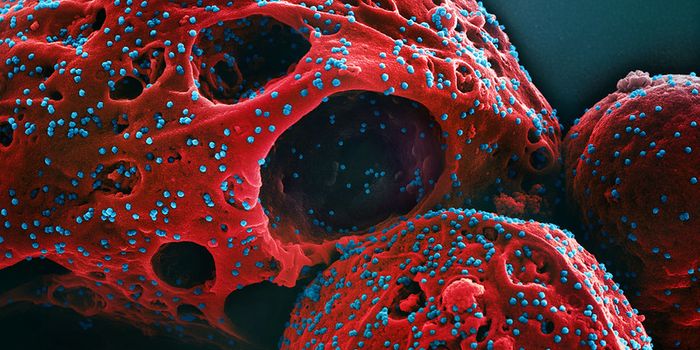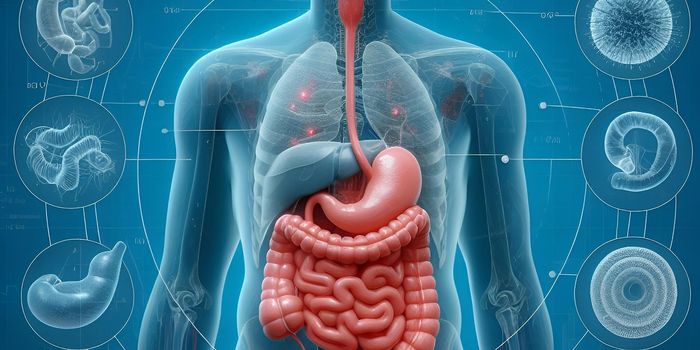Some Hospital Infections Come From the Patient's Own Bacteria
Hospital-acquired infections, or nosocomial infections are not usually present when people are admitted to a hospital, or so it has seemed. These infections tend to arise about 48 hours after a patient is admitted to the hospital. They are a serious problem, and data has suggested that as many as 100,000 people died from nosocomial infections every year in the United States alone. They include urinary tract infections (UTIs), hospital-acquired pneumonia, ventilator-associated pneumonia, infections at surgical sites, and Clostridium difficile infections. But even when institutions use strict cleaning and disinfecting protocols, these infections are still a major problem, and new strains of pathogenic bacteria continue to emerge in hospitals.
Researchers have now found that some of those infections could indeed be coming from the patients, and may be present in those individuals before they every get to the hospital. Work with a mouse model has indicated that when sterile catheters are inserted into the urinary tract, UTIs can arise even when there is no detectable bacteria in the bladder of these mice before the insertion. The tube insertion seems to trigger dormant Acinetobacter baumannii (A. baumannii) bacterial cells that are tucked away in the bladder, which don't cause disease until this event. Once the tube appears, the bacteria are triggered to multiply, leading to UTIs.
The findings have been reported in Science Translational Medicine. The study authors suggested that it may be possible to prevent many nosocomial infections by screening patients for pathogenic bacteria before treatments. That said, one might wonder how that screening would work if the bacteria in the mouse models were not detectable.
Even if an entire hospital was sterilized, new A. baumannii strains would still pop up, said co-senior study author Mario Feldman, PhD, a professor at Washington University in St. Louis.
No one has known why thorough cleaning doesn't eliminate dangerous bacteria. But this research has shown that patients could unwittingly be transporting the bacteria into the hospital, which would have an impact on infection controls.
“If someone has a planned surgery and is going to be catheterized, we could try to determine whether the patient is carrying the bacteria and cure that person of it before the surgery," said Feldman. This approach may at least reduce the likelihood of a serious infection.
Most healthy people get UTIs from E. coli bacteria that can hide away in bladder cells, making it seem like a UTI has been eliminated, only to reemerge months later. A. baumannii can cause UTIs, pneumonia, and bloodstream infections. They are highly resistant to many antibiotics, making the infections extremely difficult to treat. Healthy people won't usually experience any symptoms from A. baumannii, so many people who harbor the bacteria don't know they’re infected, said the researchers. This study showed that about two percent of healthy individuals have A. baumannii in their urine.
Knowing the precise percentage of people in a population who are carrying the bacterium may not be very significant, noted Feldman, because it seems certain that at least some healthy people carry A. baumannii. If they remain healthy, the microbe won't be a problem, but if they are admitted to a hospital, the microbe may become a different matter.
Now clinicians and researchers can use this information. "We can start considering how to check if patients already have Acinetobacter before they receive certain types of treatment; how we can get rid of it; and if other bacteria that cause deadly outbreaks in hospitals, such as Klebsiella, hide in the body in the same way. That’s what we’re working on figuring out now,” added Feldman.
Sources: Washington University School of Medicine, Science Translational Medicine









